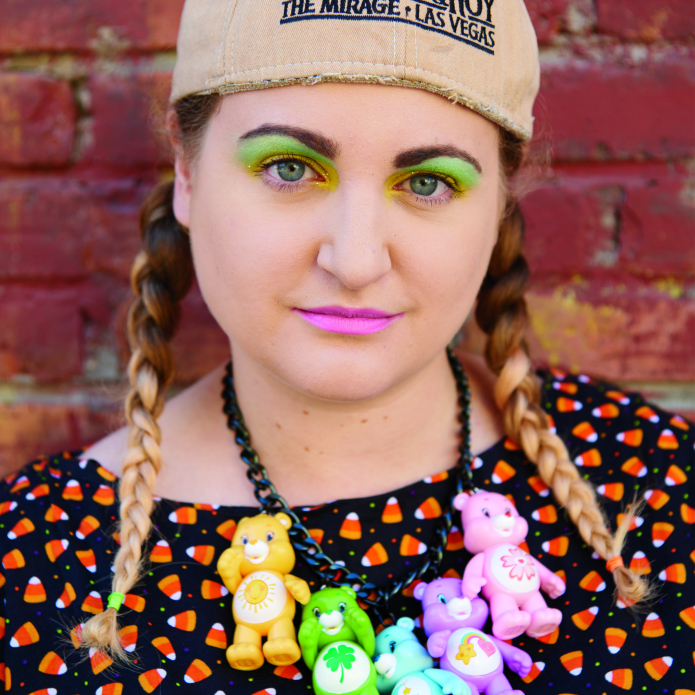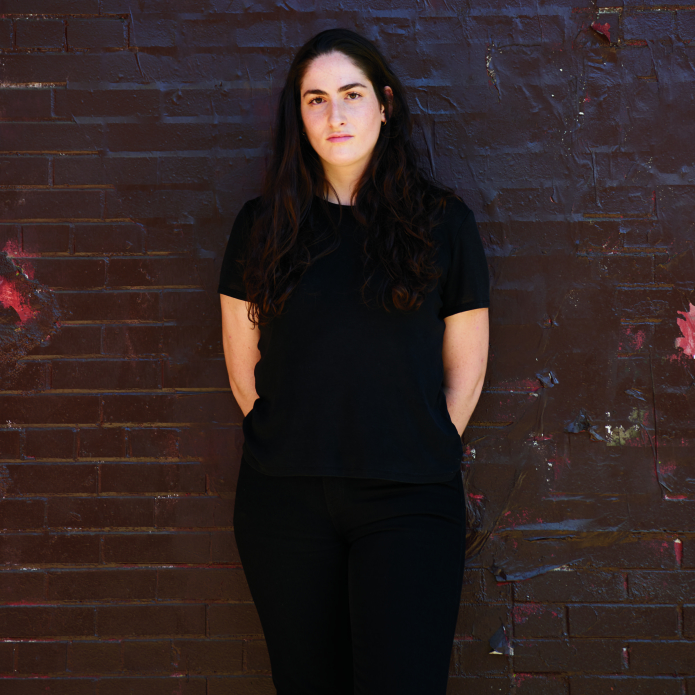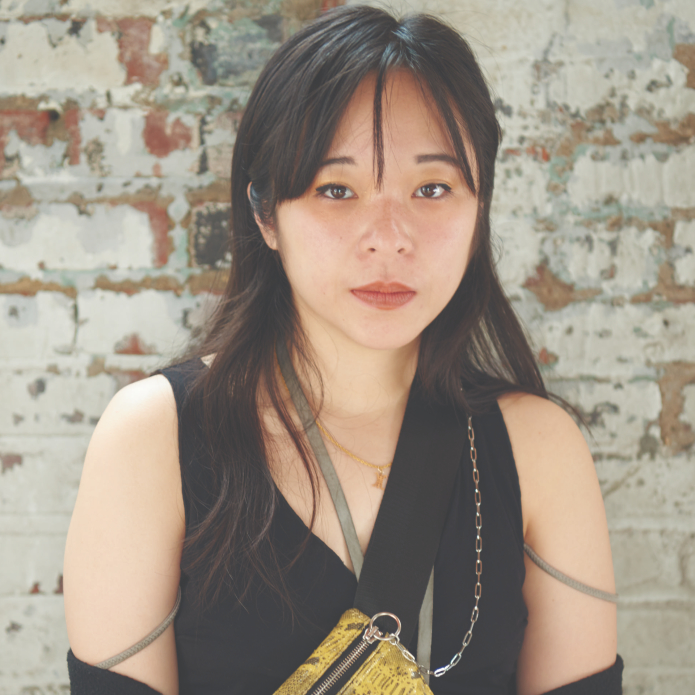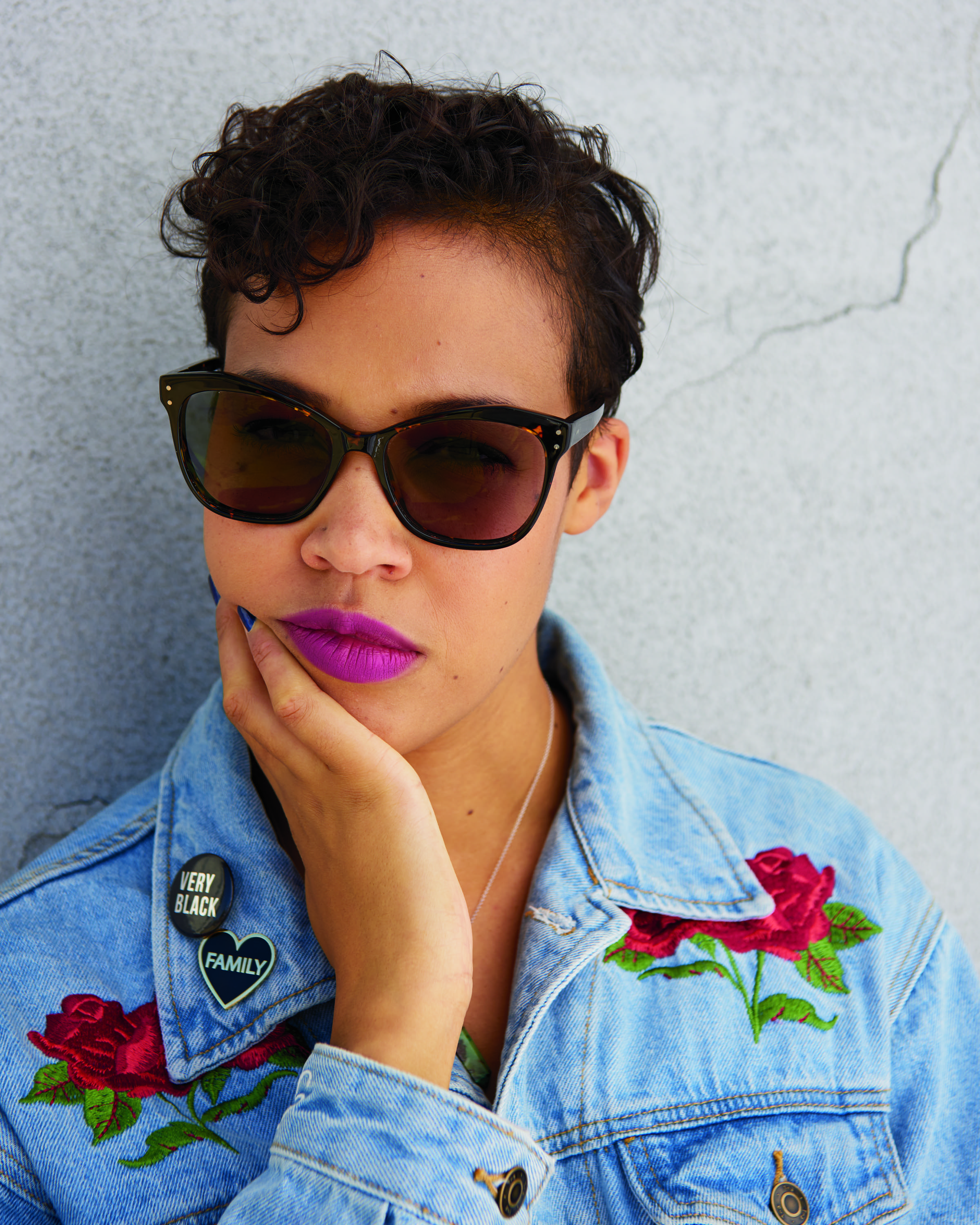
Jordan Casteel’s portraits are intimate records of time and space, to be sure, but they are also exercises in the sociopolitical implications of color in all its forms—pigment, skin, labor, difference, community. Her subjects are as important as her application of paint, which acts as a record of her technical skill and emotional intelligence. Casteel says, “The malleable-vivid-durable-revealing-permanent-colorful(or colorless)-elastic medium of paint on canvas allows me, in the only way I know how, to communicate the evolving, shared connection between myself, my subjects, our environments and everything in between.”
It is into this connection that Casteel allows us a momentary glimpse. This goes beyond being a skilled artist; it is testament to an ability to translate the world in terms that are legible to multiple and disparate communities. While we may or may not know the figures Casteel portrays, we nevertheless learn to look with precision and empathy, to ruminate on how the figures interact with the layers of complimentary and complementary colors.
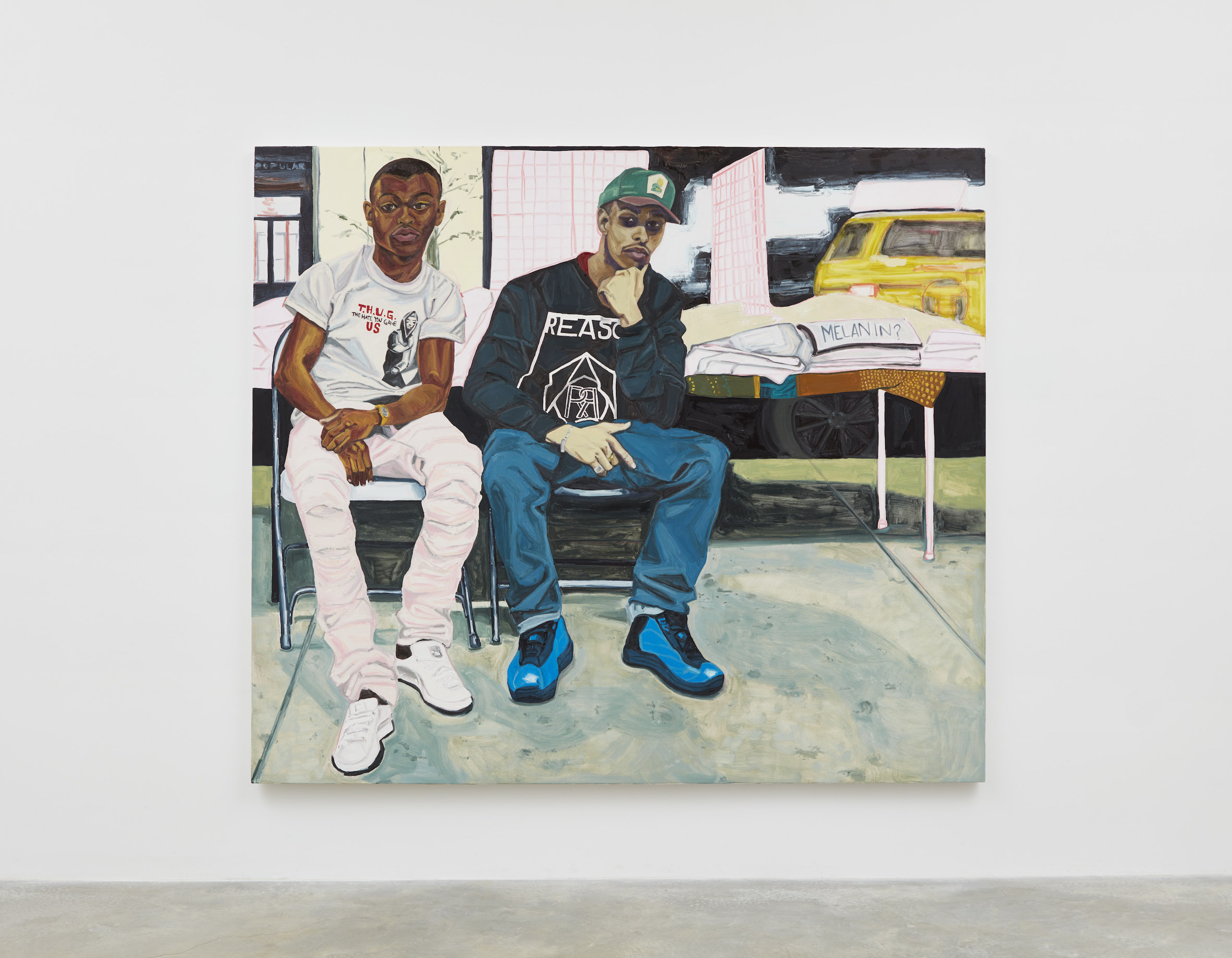
Casteel succinctly argues, “Painting the black figure as a black woman is a radical act, and acknowledging the power our image provides becomes of utter importance to consider and reconsider every aspect of my paintings—and challenge others to observe their relationship to color in the process.” Color is, one could argue, the basis of all interpretive vision—the space wherein we differentiate, find commonalities, inspect resemblances and contemplate beauty. There may be no more powerful intervention than this—to insist that vision is mutable, to claim its simultaneous capacity for violence and healing. Casteel does more than cultivate sympathy. Instead, she insists that we reformulate the way we see, so that we might see difference, and see differently.

